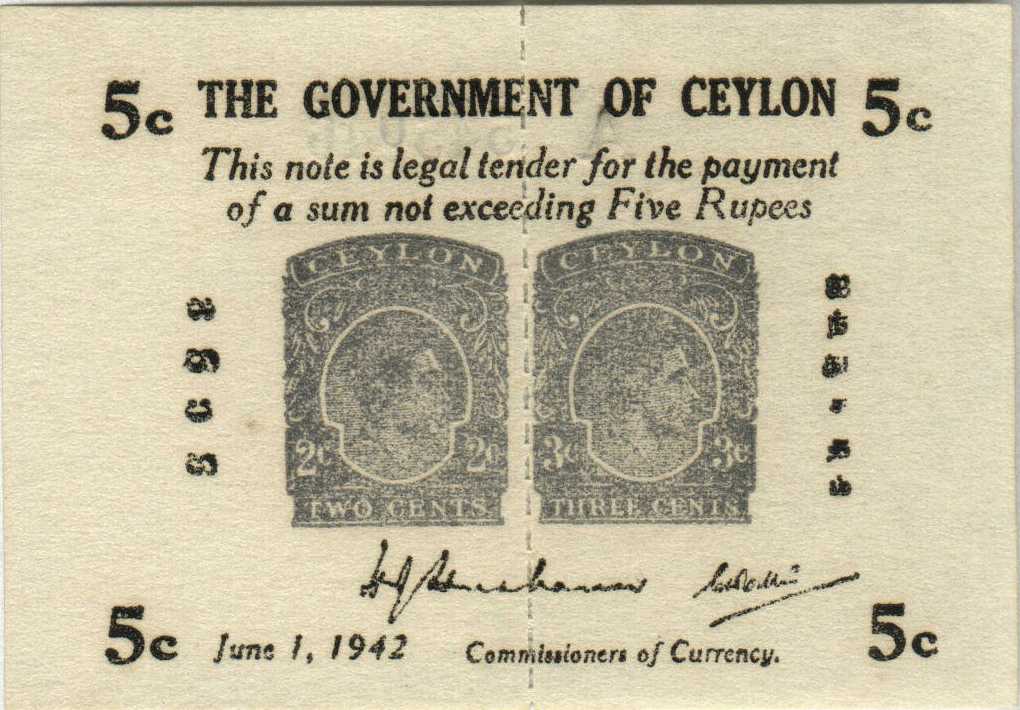
| 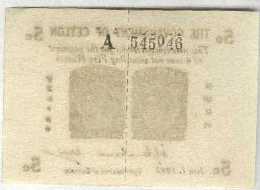 | Perforated |
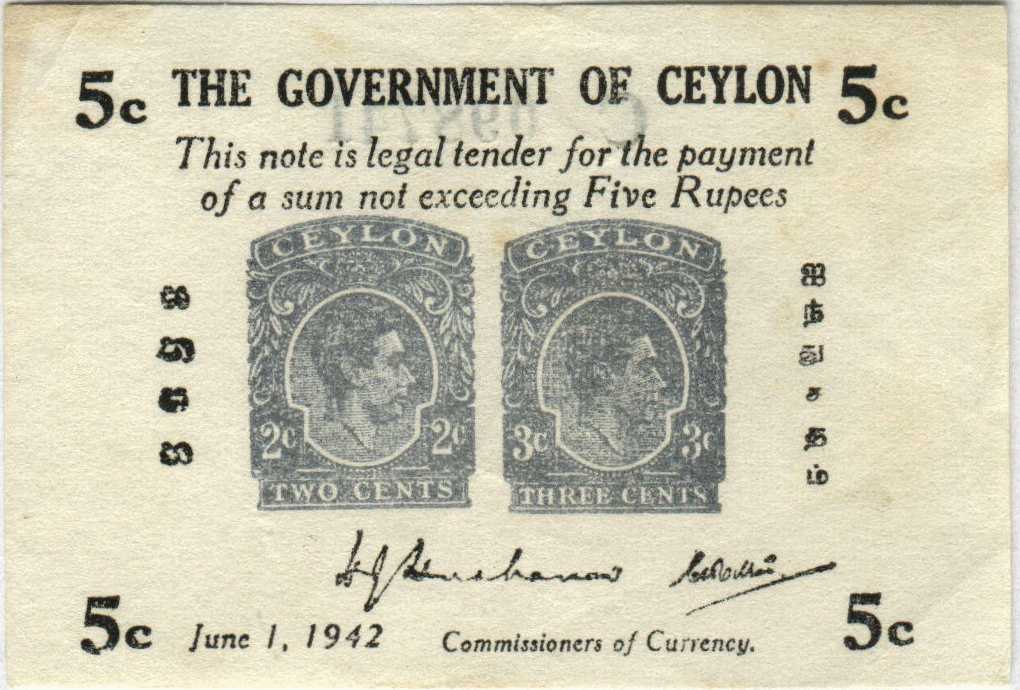
| 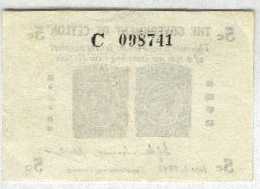 | Regular |
| LK:SCWPM #042 | ||

|  | Perforated |

|  | Regular |
| LK:SCWPM #042 | ||
Front : Two Blue-gray Stamp-like images with King George VI facing right at center. CEYLON on top of each stamp. Words TWO CENTS with 2c just above on either side at bottom on left side Stamp. Words THREE CENTS with 3c just above on either side at bottom at bottom on right side Stamp. Total value ශත පහ in Sinhala vertical on left, and ஐந்து சதம் in Thamil vertical on right of Stamps. 5c on the Four corners with THE GOVERNMENT OF CEYLON centered on top Just below the words in 2 lines This note is legal tender for the payment of a sum not exceeding Five Rupees. Below 2 signatures H. J. Huxham & C. H. Collins on right. Dated on left June 1, 1942 with Text Commissioners of Currency on right below signatures.
Back : Blank except for Serial number stamped at top center.
| Date on BankNote | Signatures of Commissioners of Currency | First Serial # | Mintage in K |
| June 1, 1942 |
H.J. Huxham 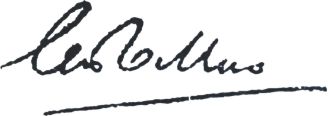 C.H. Collins | A 000001 | 720K |
| B 000001 | 720K | ||
| C 000001 | 720K | ||
| D 000001 | 720K | ||
| E 000001 | 720K | ||
| F 000001 | 480K | ||
| G 000001 | 480K |
No information is available regarding the quantity of these notes perforated in the center to enable user to make payment of 2 cent or 5 cent when the need arose. A truly unique concept for a currency note. Roulletted 7 (7 dashes per 20 MM) it has 20 or 21 across 2.25 inches (57 mm).
The Stamp design was not used on actual CEYLON stamps which were Pictorial since 1935. The 3c design in Green was used on postage printed Postcards sold by the Post Office.
According to Sri Lanka Currency of Recent Times 1938-1985 by T. M. U. Sallay, published in 1986 Colombo:Central Bank of Sri Lanka, He mentions that of the 4560K notes issued, 1771K of these notes (38.8%) remain unsurrendered to Central Bank. I find this hard to believe and I suspect a typo Notes F 480001 - F 720000 and G 480001 - G 720000 (480K) were probably never issued as they are not mentioned in the demontisation notice of 1943 July 14th.
Note American style date used only on these locally printed notes.
All of these WWII fractional currency notes were only legal tender for payment of amounts less than Five Rupees. Maybe it was the lack of security features that made the Currency Board impose this limit.
The front of note was scanned at 300 dpi and displayed at 50 dpi.
This WWII note that circulated for just over one year in Ceylon is rare
particularly in uncirculated condition.
Unlike the January 1, 1942 notes printed on paper used by
Tea and Rubber Export Controller, these lower denomination notes seem
to have been printed on ordinary paper.
My father remembers needing to certify counted and sealed bags of these
notes to return to bank. I had a torn note he had kept. A pair of
notes was obtained in 2000 August from Raja Wickramasinhe
an author and collector in Colombo, Lanka. The perforated
was Unc (shown above) and the other VF. I obtained an unperforated AU
(shown above) on ebay in 2002 April.